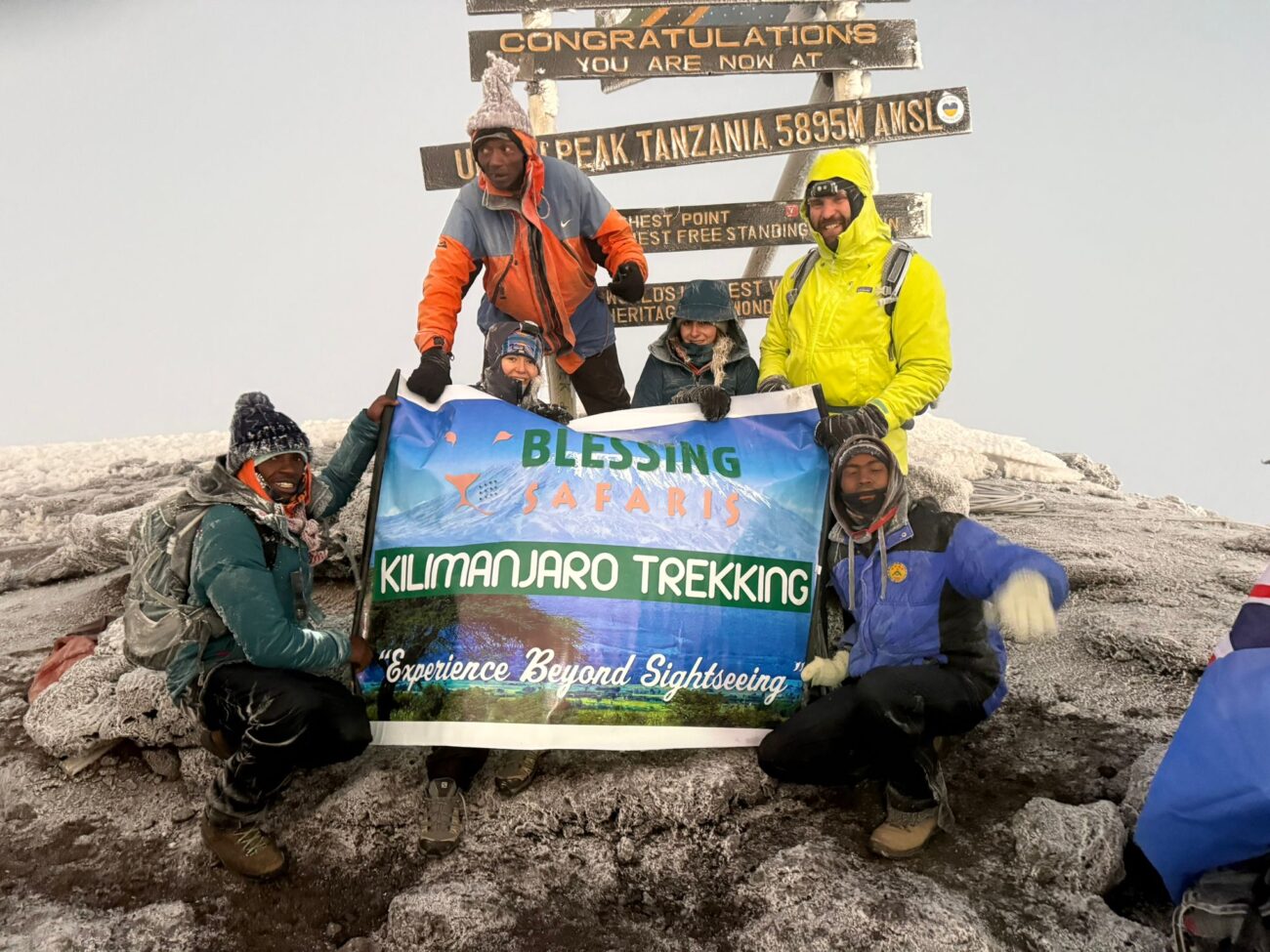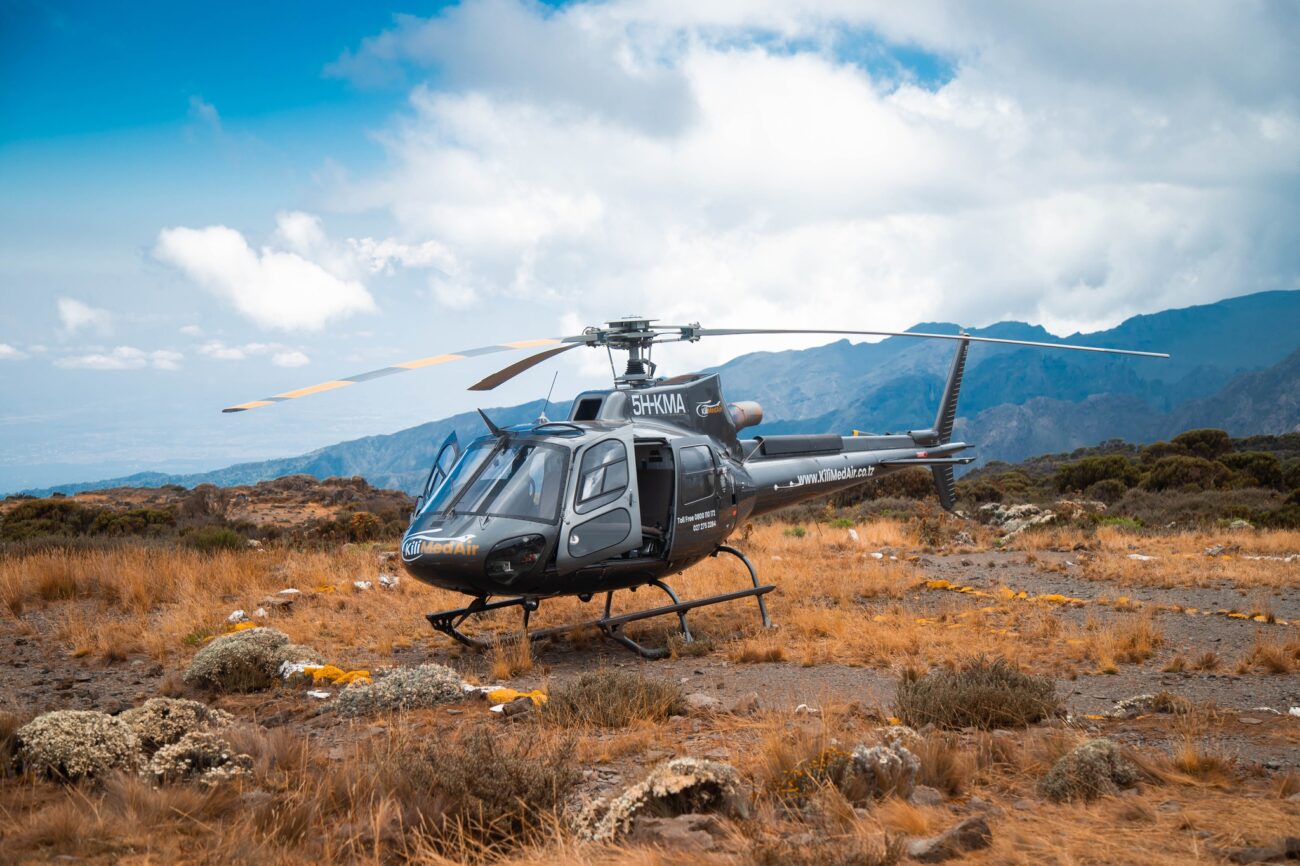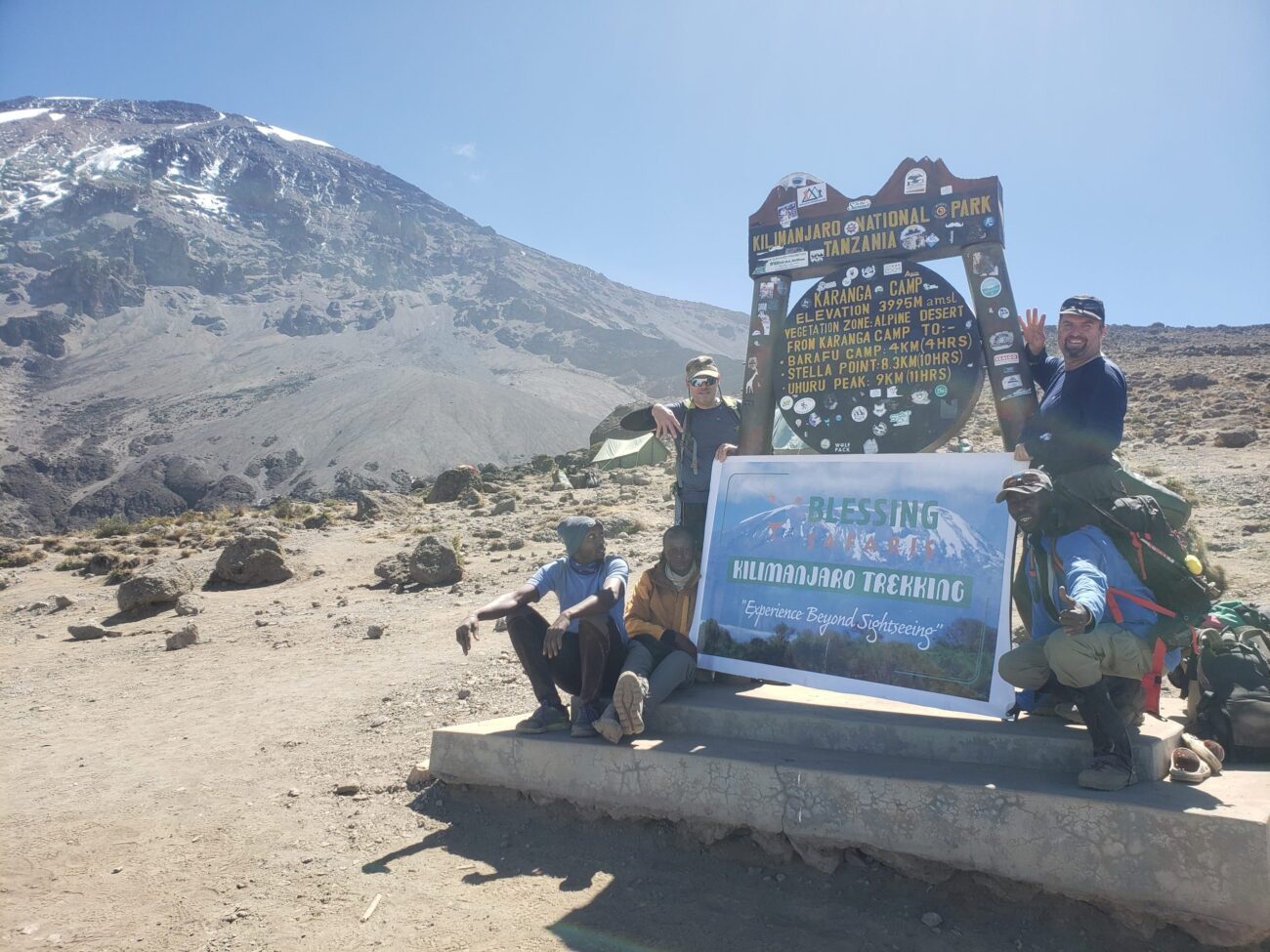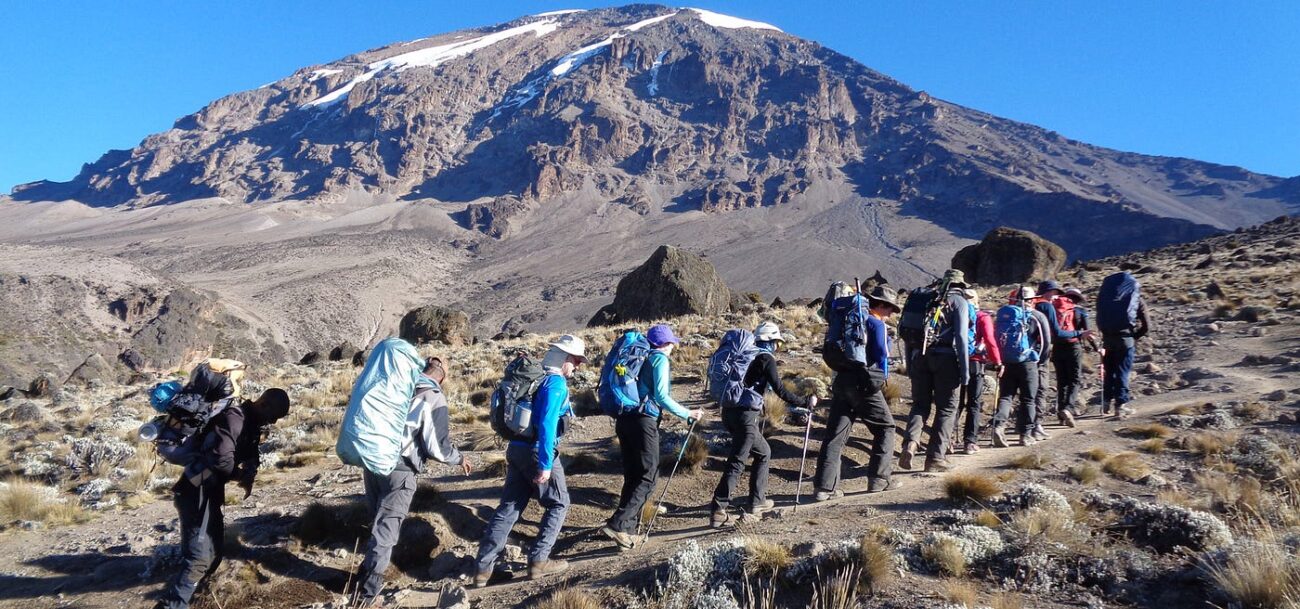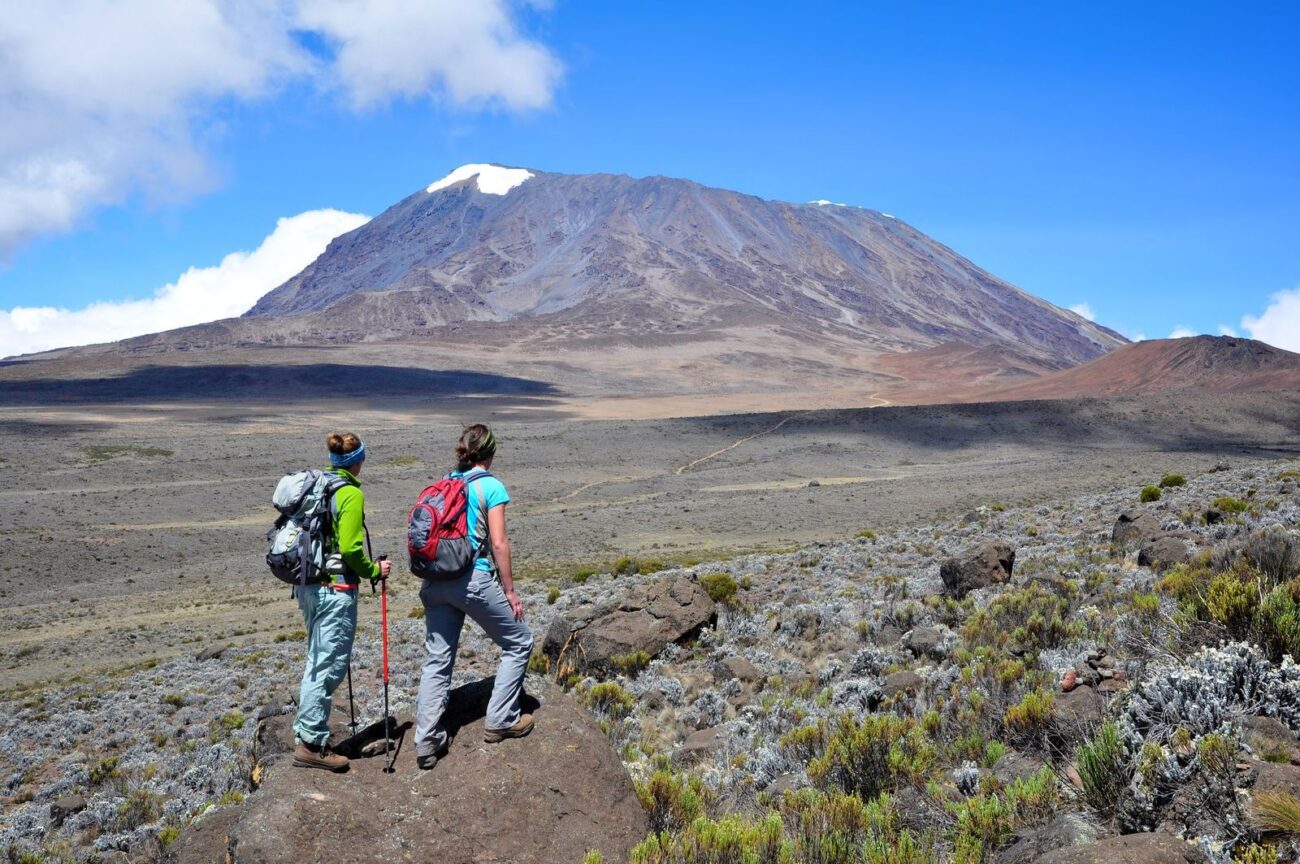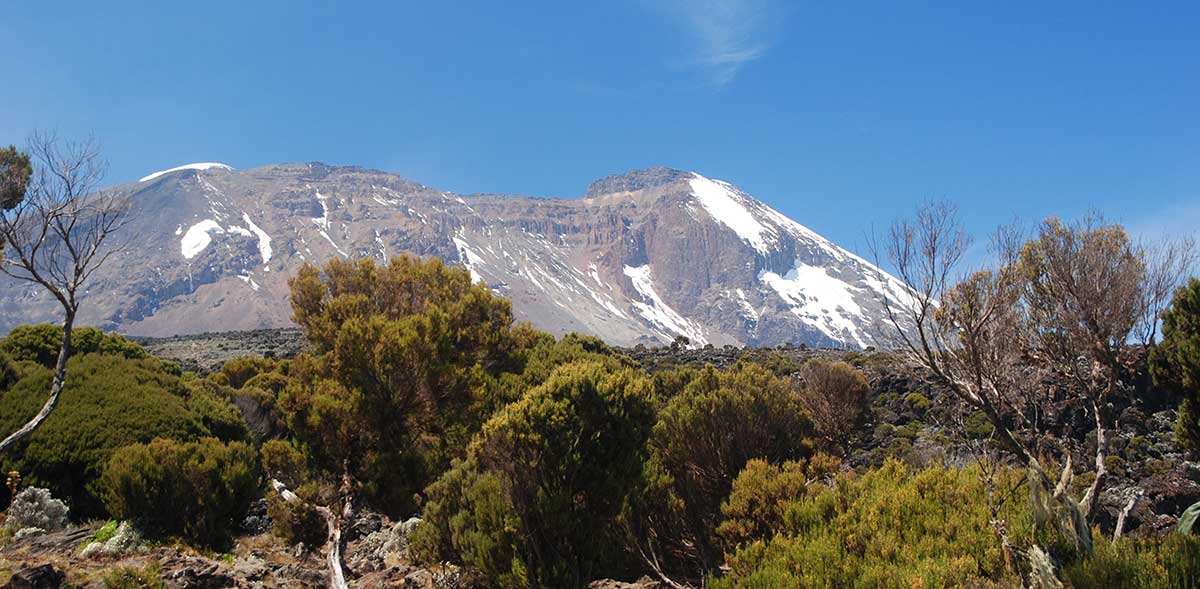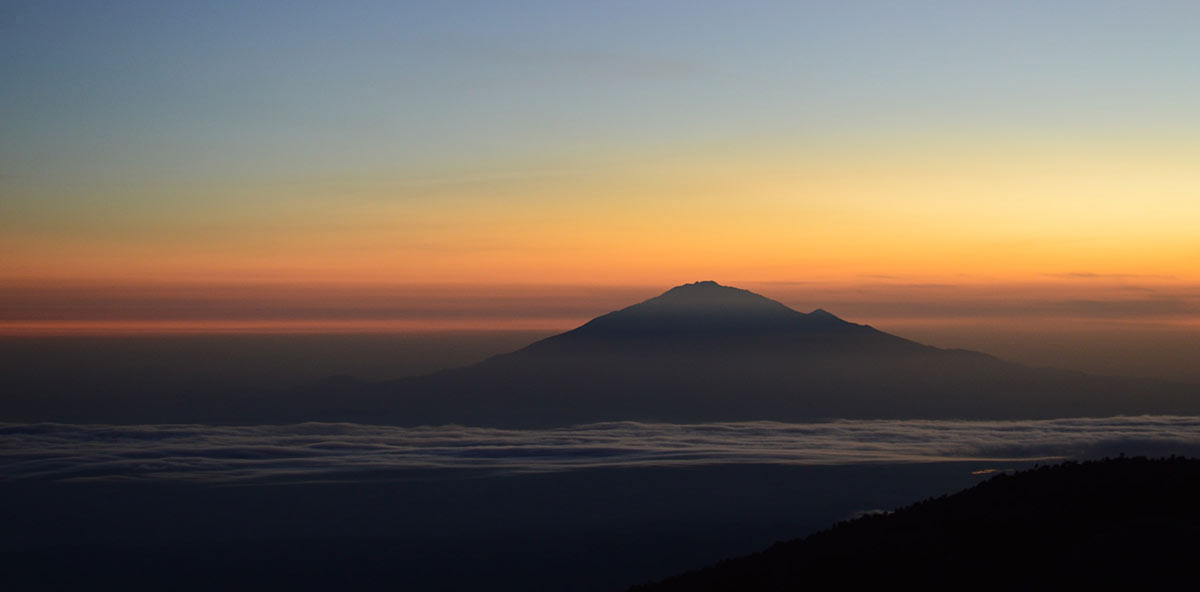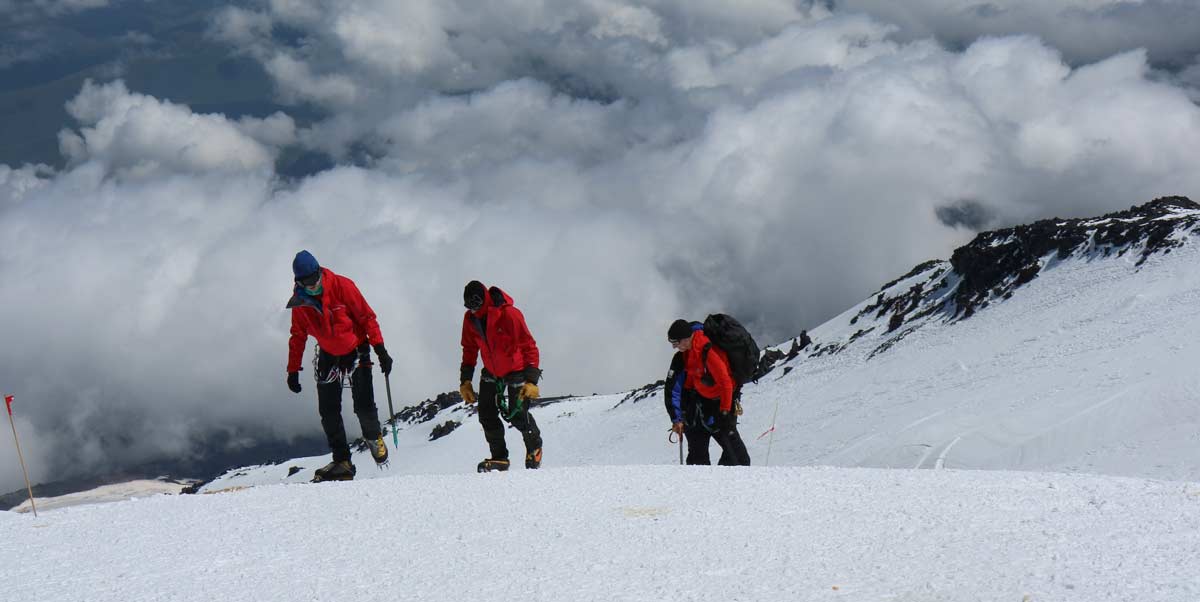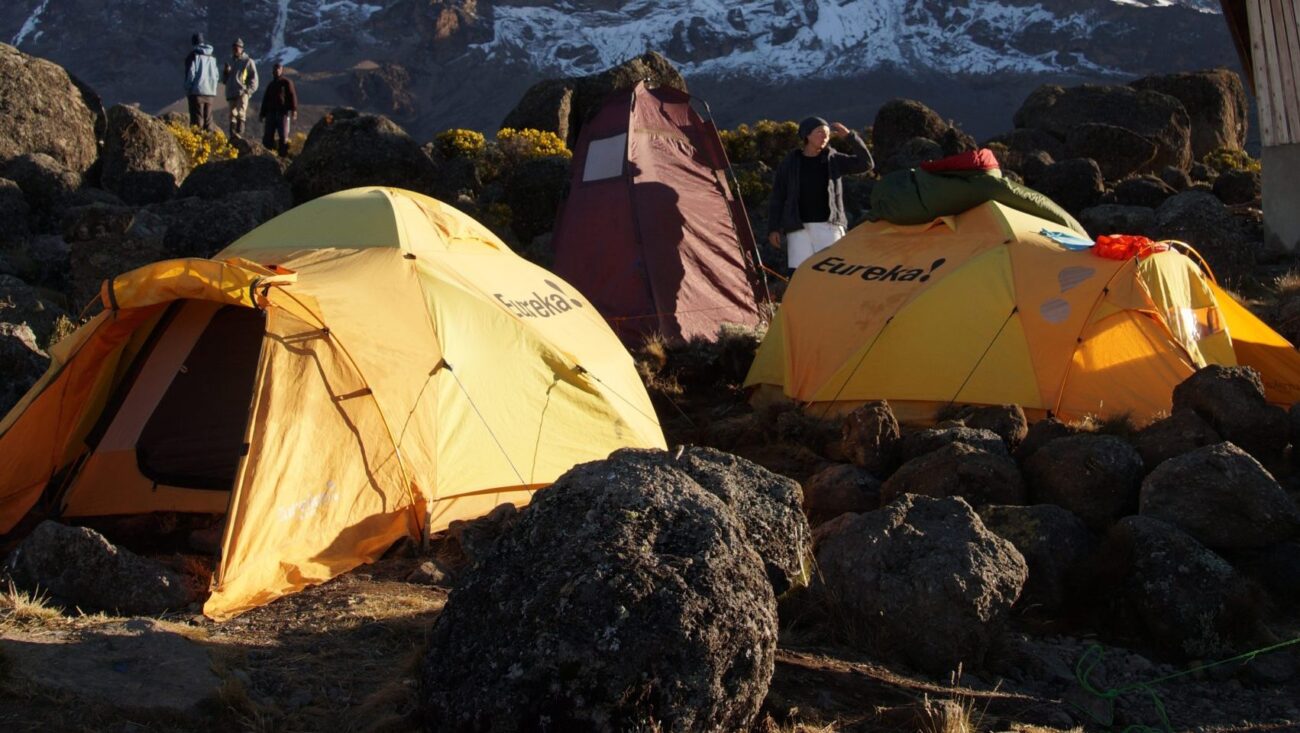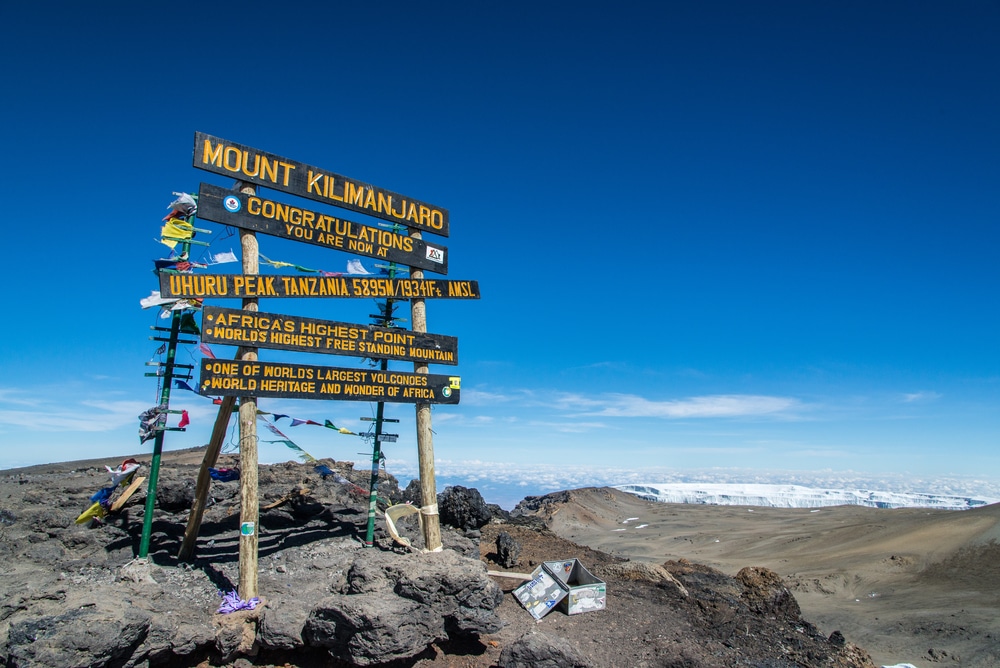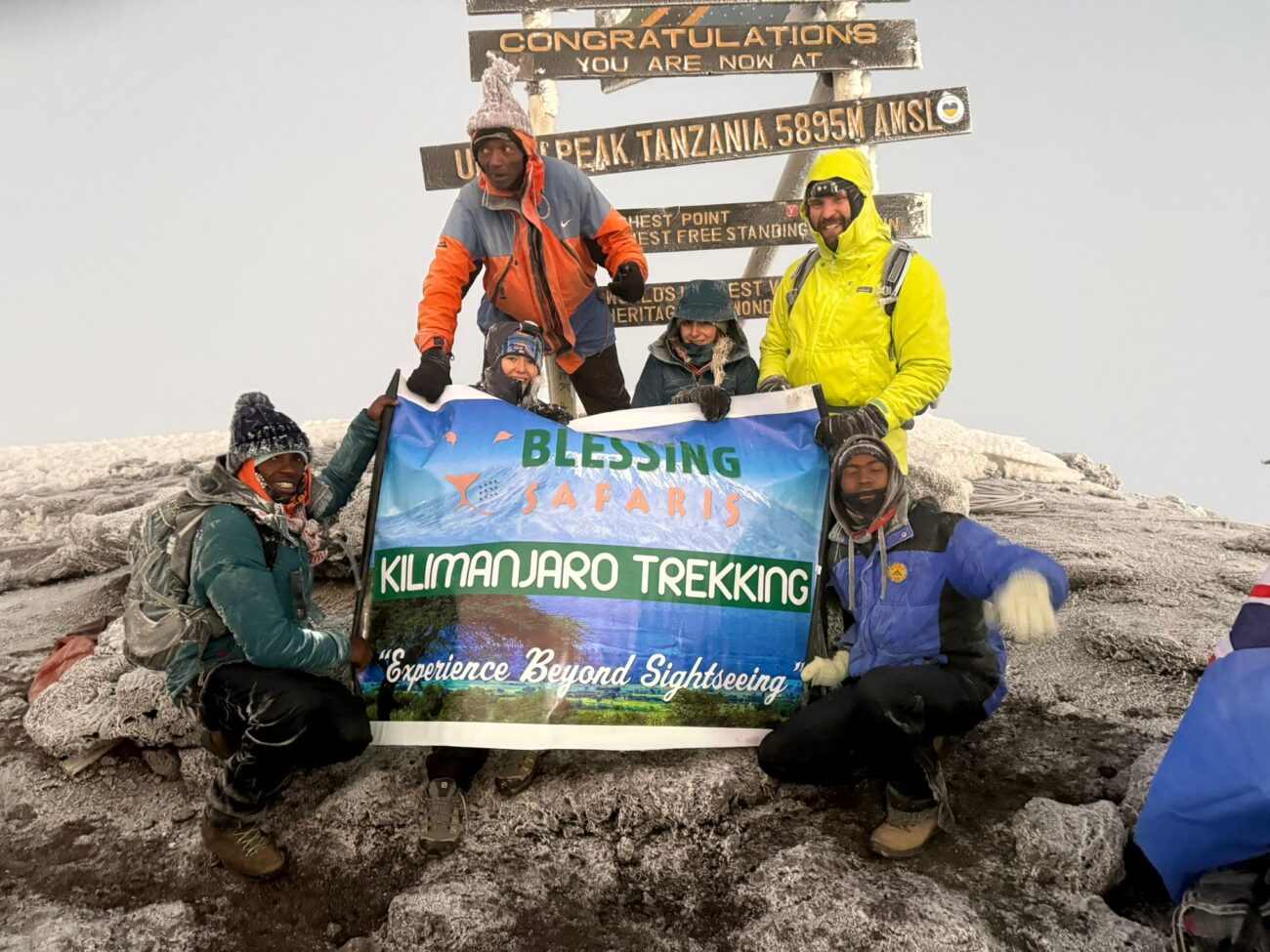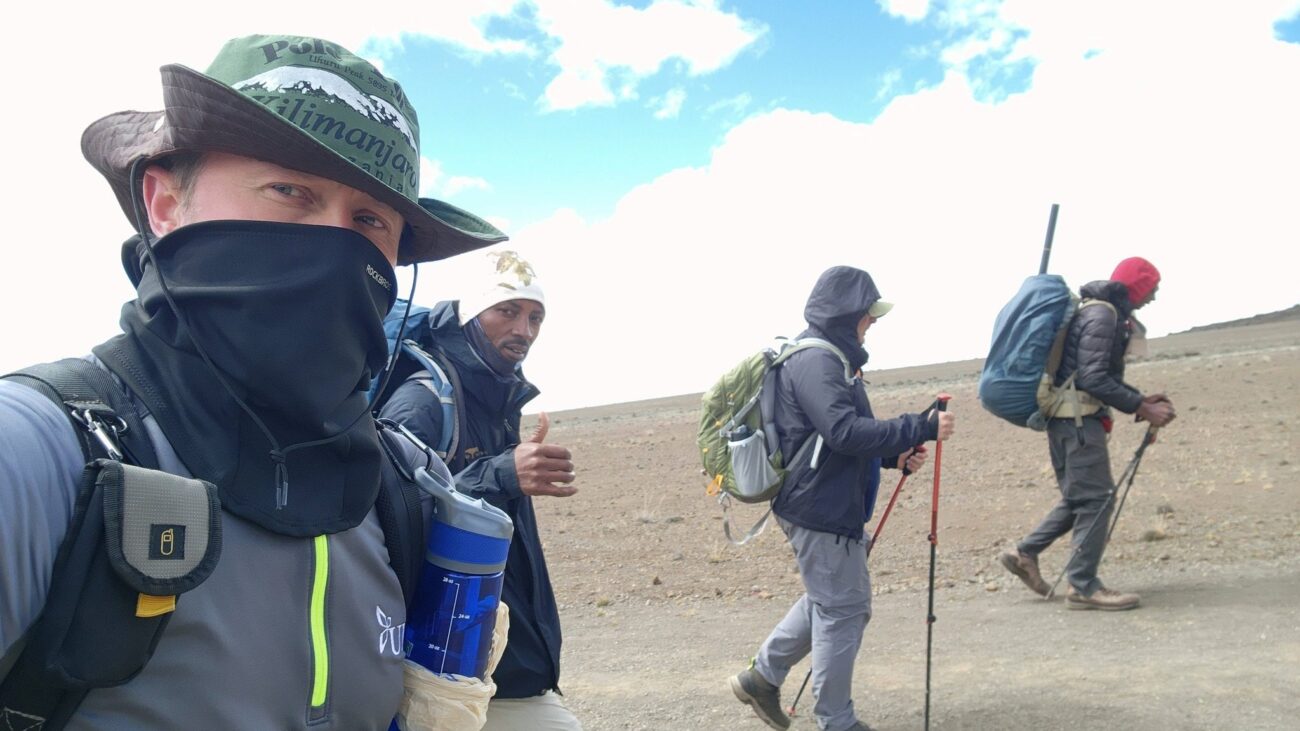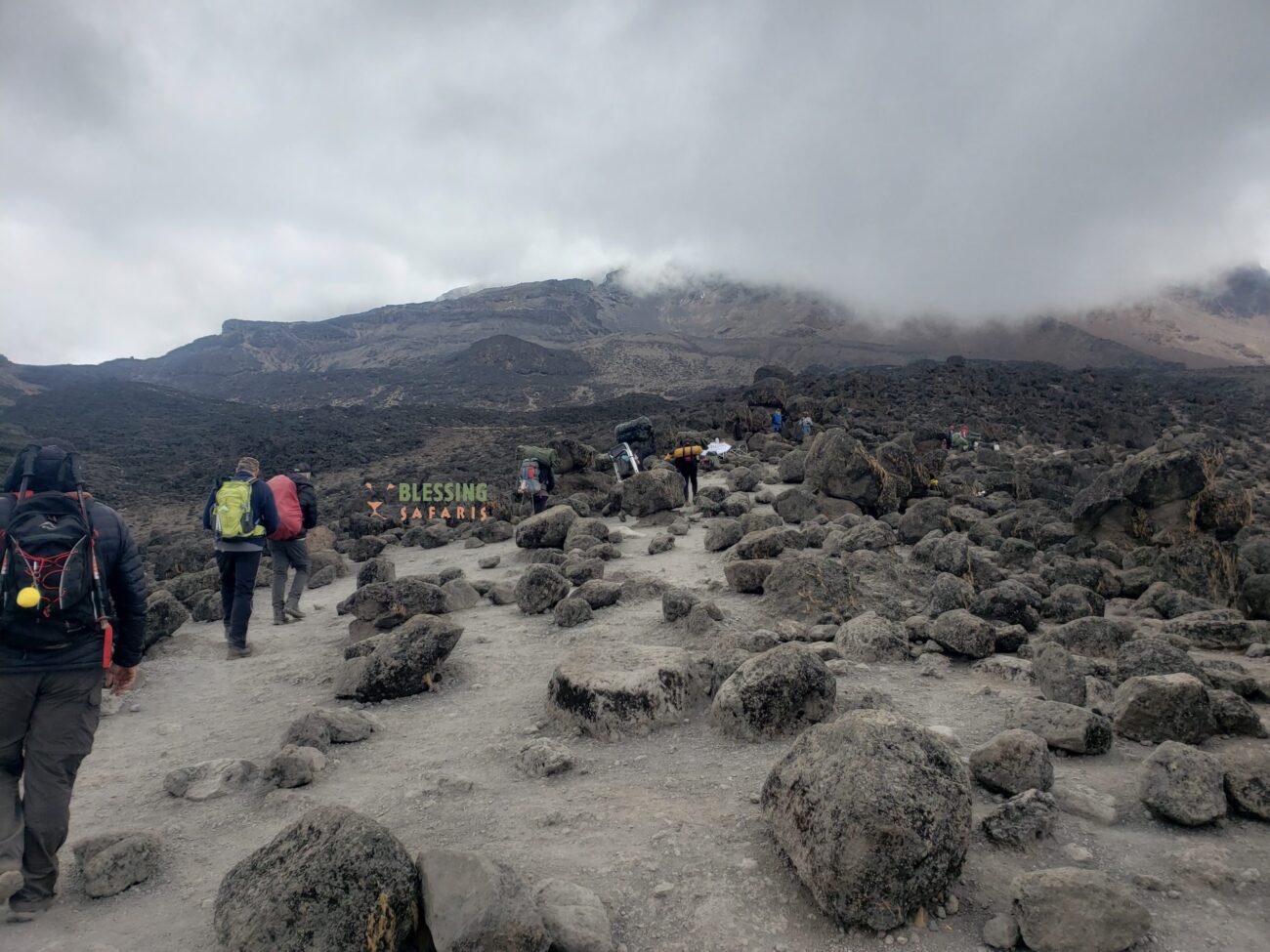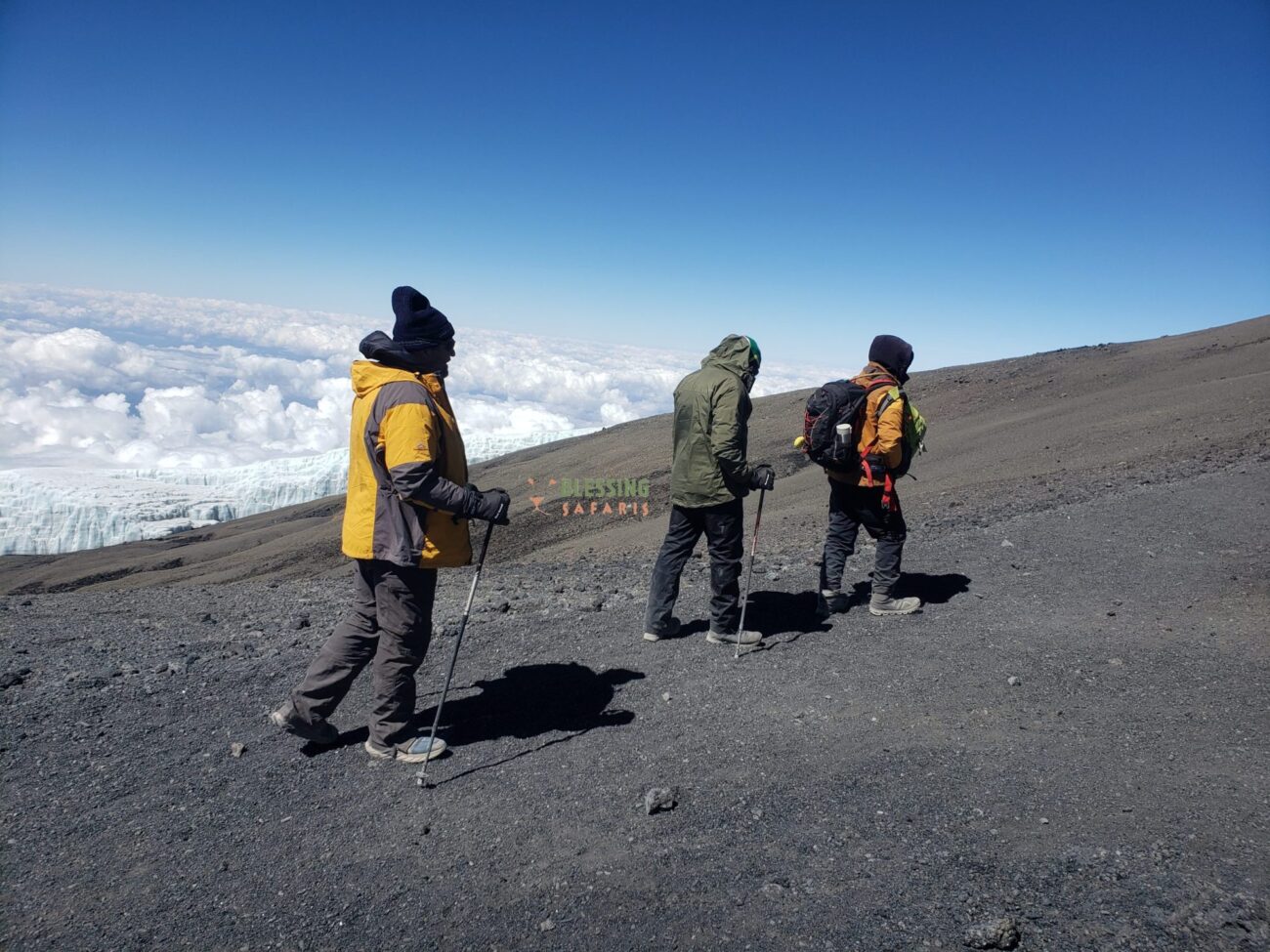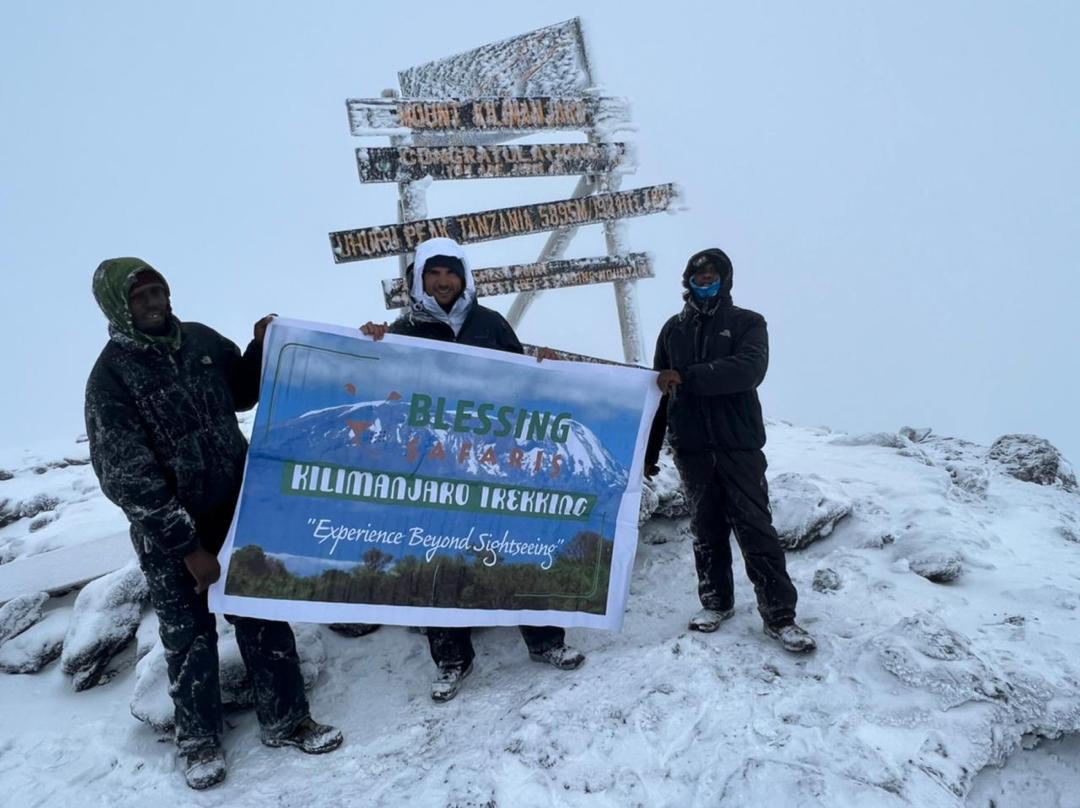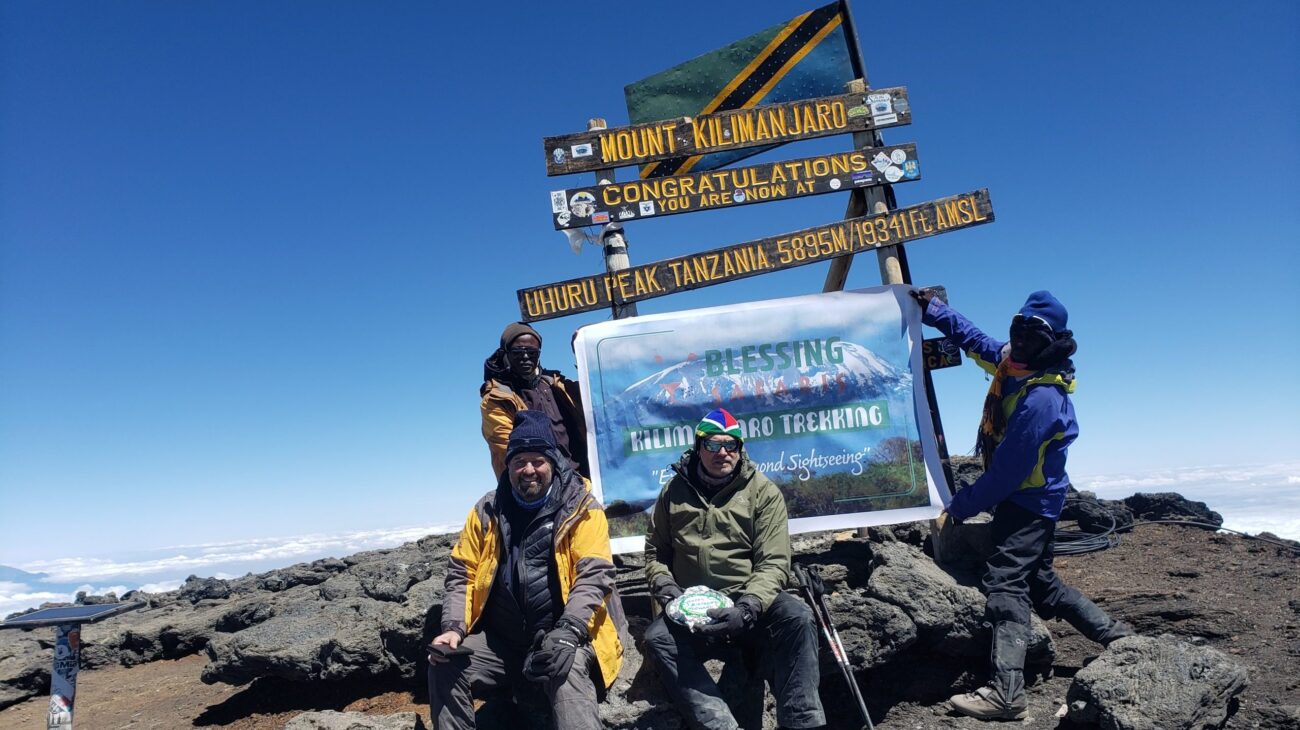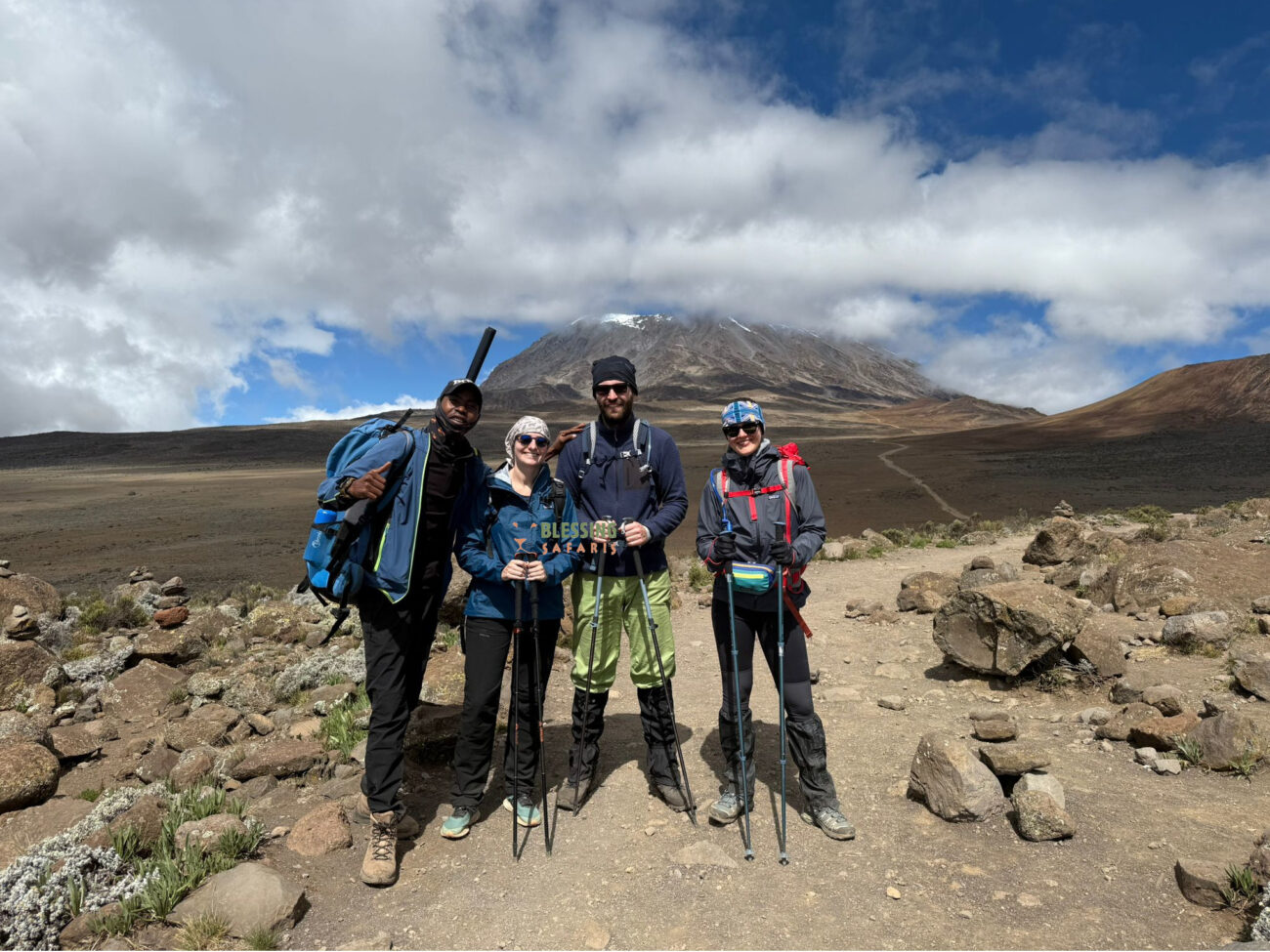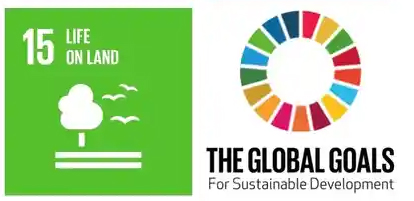Mountain Sickness
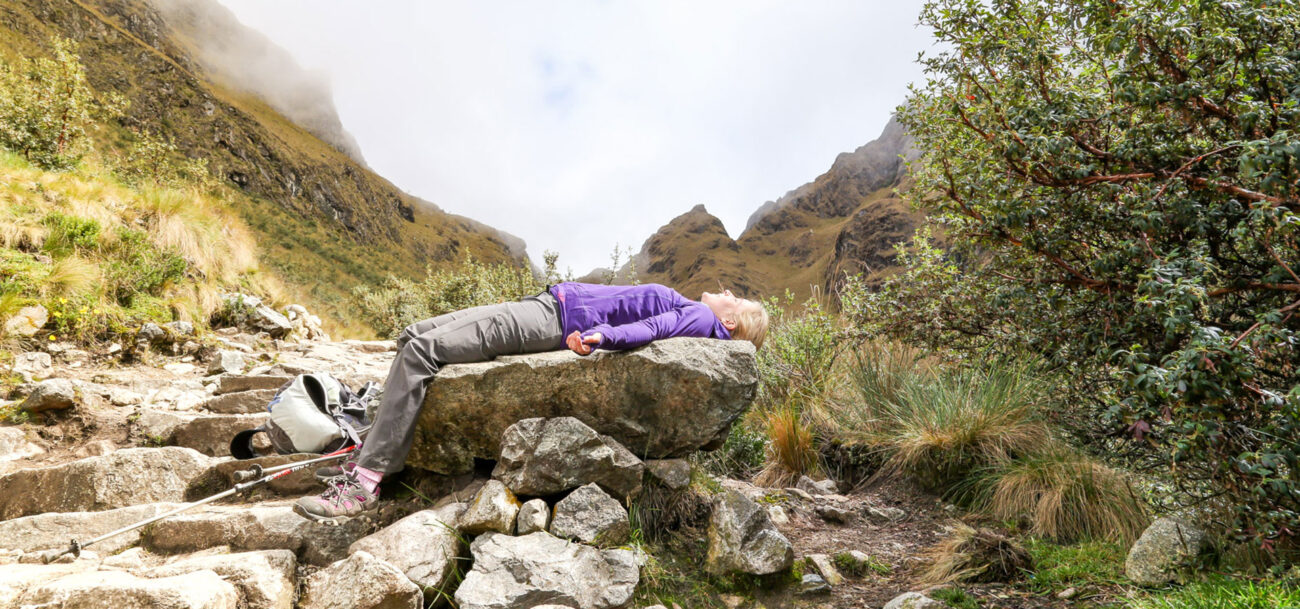
Besides the excitement and the beauty of hiking these giant mountains in Tanzania. Every success is accompanied by unexpected challenges.
For climbers, Acute Mountain Sickness (AMS) is one of the major threats when it comes to climbing. Your safety is our priority and this is a list of common altitude sicknesses that you may encounter. We invite you to spend time learning more about it.
Acute Mountain Sickness (AMS)
It is the negative health effect of high altitude. This is caused by rapid exposure to low amounts of oxygen at high elevations. People who climb high mountains might experience the early symptoms of Altitude Sickness.
Our guides are well-trained, they are Certified Wilderness First Responders (WFR). If you experience any of the symptoms below, please inform your guides as soon as possible.
- Nausea & dizziness
- Headache
- Poor appetite
- Fatigue
- Shortness of breath
- Vomiting
- Poor sleeping
High Altitude Cerebral Oedema (HACE)
Caused by brain swelling, it is very dangerous and can kill if not treated as soon as possible. HACE symptoms tend to set in at nighttime.
- Symptoms of HACE
- Loss of consciousness
- Severe headache
- Increase of clumsiness
- Loss of coordination example ataxia
- Loss of memory
- Coma
High Altitude Pulmonary Oedema (HAPE)
This is caused by fluid collecting in the lungs. It is very dangerous and can kill very if not treated as soon as possible. It happens due to the fast ascending to a higher altitude.
If your guide advises you to descend. Please do it immediately, even if taking medicine, because it is the only reliable cure.
Symptoms of HAPE
- Trouble breathing even when resting
- Coughing
- Very tight chest
- Suffocation/feeling tired
- Froth in saliva or spit
- Blood in saliva
- Confusion, hallucination, and irrational behavior
Prevention of altitude sickness
- Ascend slowly (pole-pole)
- Drink well, 3-4 liters of water per day
- Eat well and regularly
- Sleep well and give yourself time to rest
- Wear proper warm gear (Make sure you are warm enough)
- Avoid wet boots, gloves, & socks
While careful acclimatization is key to minimizing the risk of altitude sickness on Mount Kilimanjaro, a reliable rescue service is a critical safety net that can save lives.
To learn more about safety protocols, we encourage you to read our detailed article on Rescue Services on Mount Kilimanjaro.
Furthermore, you can explore our resources on altitude sickness and the common use of medications like Diamox (acetazolamide) to mitigate risks.
It is essential to remember that Diamox is a prescription medication. Always consult with a medical professional before using it to ensure it is safe and appropriate for you.
Other best Resources for Preparing for Kilimanjaro Trekking
Mount Kilimanjaro tour packages
Customer Reviews
Let’s plan your Kilimanjaro Adventure

